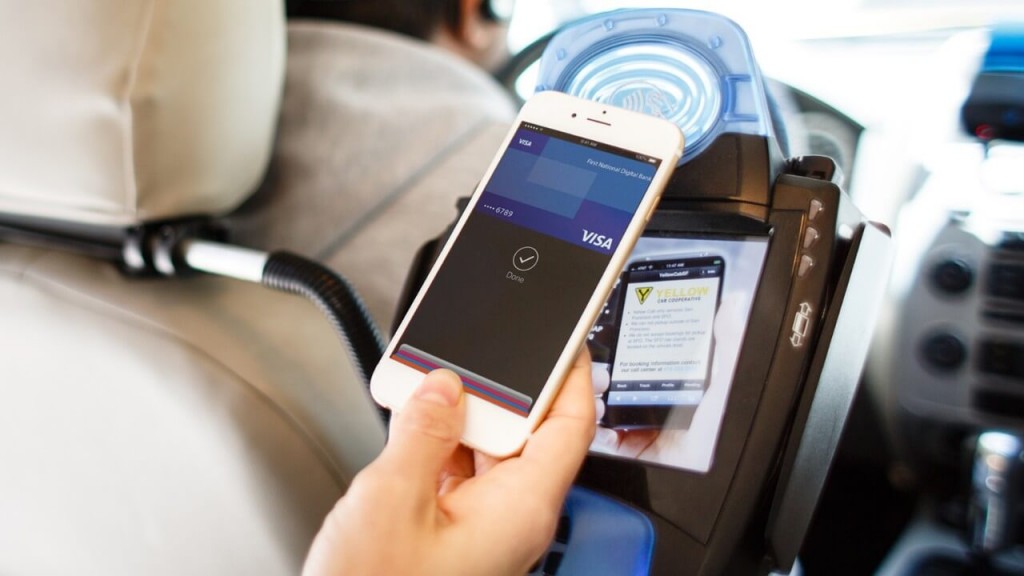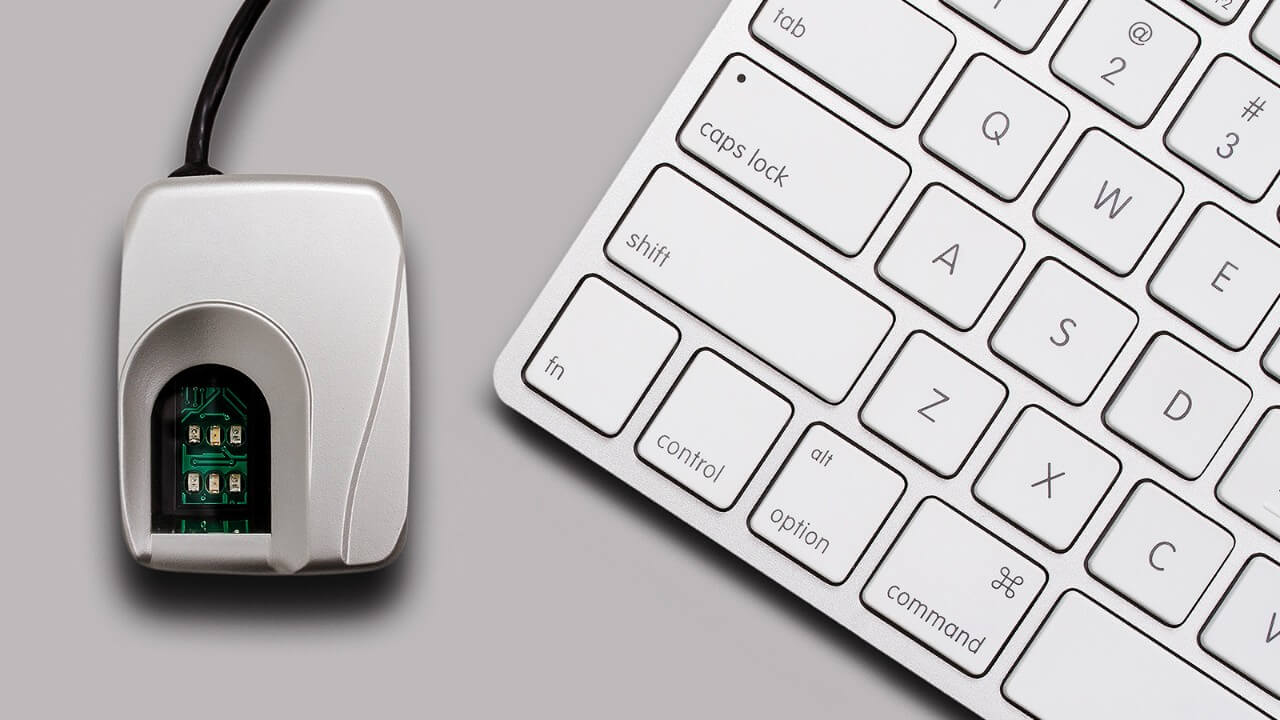In the previous chapter of our Biometric series, we found out more about biometric authentication methods and alternatives and understood why smartphones are the best channels to deliver biometric systems to crowds. Now, we’re going to see the different industries that are implementing biometric authentication and the way it affects our daily lives.
Last summer, China unveiled the first facial recognition ATM, prompting customers to ask themselves if the end of passwords and PINs was near. At the same time, some users expressed concerns over the practicality of such a device and the impact that plastic surgeries may have on the integrity of these systems.
Meanwhile, one survey has shown that almost 200 types of smartphone devices have been delivered to the market over the last 5 years, with almost exponential acceleration coming after Apple introduced its iPhone 5S in September 2016. Along with so many pilots of consumer biometric usage, such as MasterCard’s SelfiePay and HSBC introducing voice and fingerprint authentication for banking services, it can truly be said that biometrics is in the consumer mainstream and it’s taking solid steps in becoming truly mobile.
No more PINs, passwords, misplaced cards and awkward questions
Far from encouraging dystopian fantasies in movies and Big Brother TV scenarios, biometrics represent a credible and more robust line of defense against cybercrime. Our irises and voices are hard to reproduce in order to access secure data, whether it be of a commercial or personal nature.
Biometric data can be stored in hashes, easy to encrypt but hard to decrypt. In most cases, the original image is not saved, only a collection of reference key points. Add to this information the specificity and enduring nature of some biometric elements (iris, voice) and you’ll understand why more and more smartphone manufacturers will include biometric sensors in their devices. It’s not only convenient, eliminating the need of inputting and remembering passwords, but also secure, protecting your data from the lock screen, preventing other people from logging in or just transforming any m-commerce action into a seamless experience.

In the near future, we will be able to use our face and iris to access money, as more and more banks consider implementing these forms of authentication. At borders, iris recognition scanners should eliminate those pesky questions and interrogations. Facial recognition technology will soon contribute in keeping your car safe and will provide the option to record driver profiles that will customize the driving experience according to specific needs.
In your daily life, smartphones embedded with iris recognition will allow you to make payments on the move, in a more secure way. No more PINs to remember, cards you’re afraid you’ll misplace and cash that any petty thief can easily get their hands on.
In the last part of our series, we will talk with Martin George, Senior Director Business Development at FotoNation to explore how biometrics will change the world in the next 20 years.
*This article is written as part of an editorial series presented by FotoNation.
Follow TechTheLead on Google News to get the news first.























